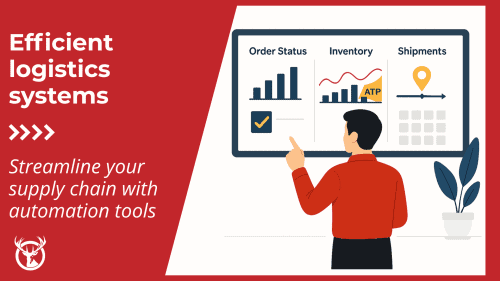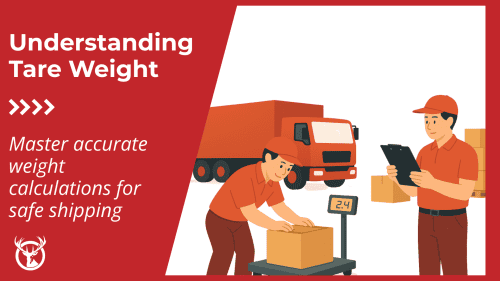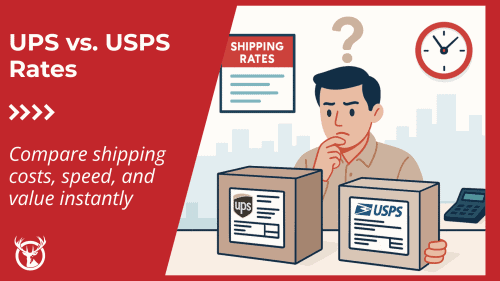Container consolidation is often pitched as a way to lower import costs from overseas manufacturers. However, it’s also a complex process that can be difficult to accomplish on your own. It can be a vital tool for ecommerce companies that need to control fulfillment expenses better. Or, you might save even if you don’t ship at high enough volumes to reach bulk freight pricing. A conversation with a freight forwarder can help you understand if the benefits of consolidation are available to you.
Red Stag Fulfillment works with freight forwarding partners to make it easier and more affordable for you to bring your goods to hungry U.S. consumers. Here are our thoughts on the freight consolidation process and its potential benefits for ecommerce companies.

TL;DR:
Container Consolidation Essentials

Container consolidation combines multiple smaller shipments into a single larger shipment, reducing costs and simplifying logistics.

Two common approaches: combining shipments from multiple companies or combining multiple shipments from a single company.

Key benefits include reduced shipping costs, faster transit times, reduced handling risk, and environmental sustainability.

Even small-volume shippers can benefit by working with freight forwarders who can combine your goods with other shipments.
What is container consolidation?

Container consolidation is when multiple smaller shipments are combined into a single larger shipment, generally a full container load (FCL). The practice helps reduce shipping costs and simplify logistics.
These smaller shipments can’t fill up a container on their own, so they’re called a less than container load (LCL). FCL shipping offers various benefits that we’ll discuss in-depth below but generally include reduced prices and faster importing. It is more common for ocean freight but can happen domestically as well. Container consolidation enables companies to move their goods more reliably and can come in two flavors:
01
The most common, especially in ecommerce, is consolidating small shipments from multiple companies and manufacturers into a single container when they have the same locations for imports and exports. For example, a group of electronics and apparel companies sends their goods to a warehouse run by a freight forwarder near the Port of Shanghai. Shipments are consolidated into a single container and shipped on the ocean to the Port of Los Angeles. From there, the container goes to a U.S. warehouse. The inventory is split and sent to the appropriate fulfillment location for each company.
02
One company sends multiple smaller shipments of different products from different manufacturers to a freight forwarder’s warehouse. That warehouse combines these smaller shipments into a single container. It ships from the Port of Shanghai to the Port of Los Angeles. The container goes to a warehouse for goods to be delivered to customers or split among warehouse(s) in that company’s supply chain.
Impact of container consolidation on importing
Consolidation makes importing dramatically simpler, too. By working with our freight forwarding partners, you’re able to bring your goods to the U.S. market and then simply break that inventory out between our Knoxville and Salt Lake City locations. You tell us where your goods are coming from and where you want them to end up, and we use our partner network to help those steps get made.

What if I don’t move a lot of freight?
A chief consideration in broader container consolidation discussion is how companies can utilize these efforts if they’re not shipping high freight volumes across the ocean. Working with freight forwarders, such as Red Stag Fulfillment’s partners, makes this possible by grouping your shipments with others in the same region that have the same destination.

NOTE: The advantage of working with freight forwarders is that your freight can have dozens of consolidation options, but you only need to maintain one relationship. So, your products might be from one of two or ten companies filling up a container. And you still get the savings that consolidation brings.
By having a freight forwarder support you, there will be options to consolidate even if you never can fill an entire container.
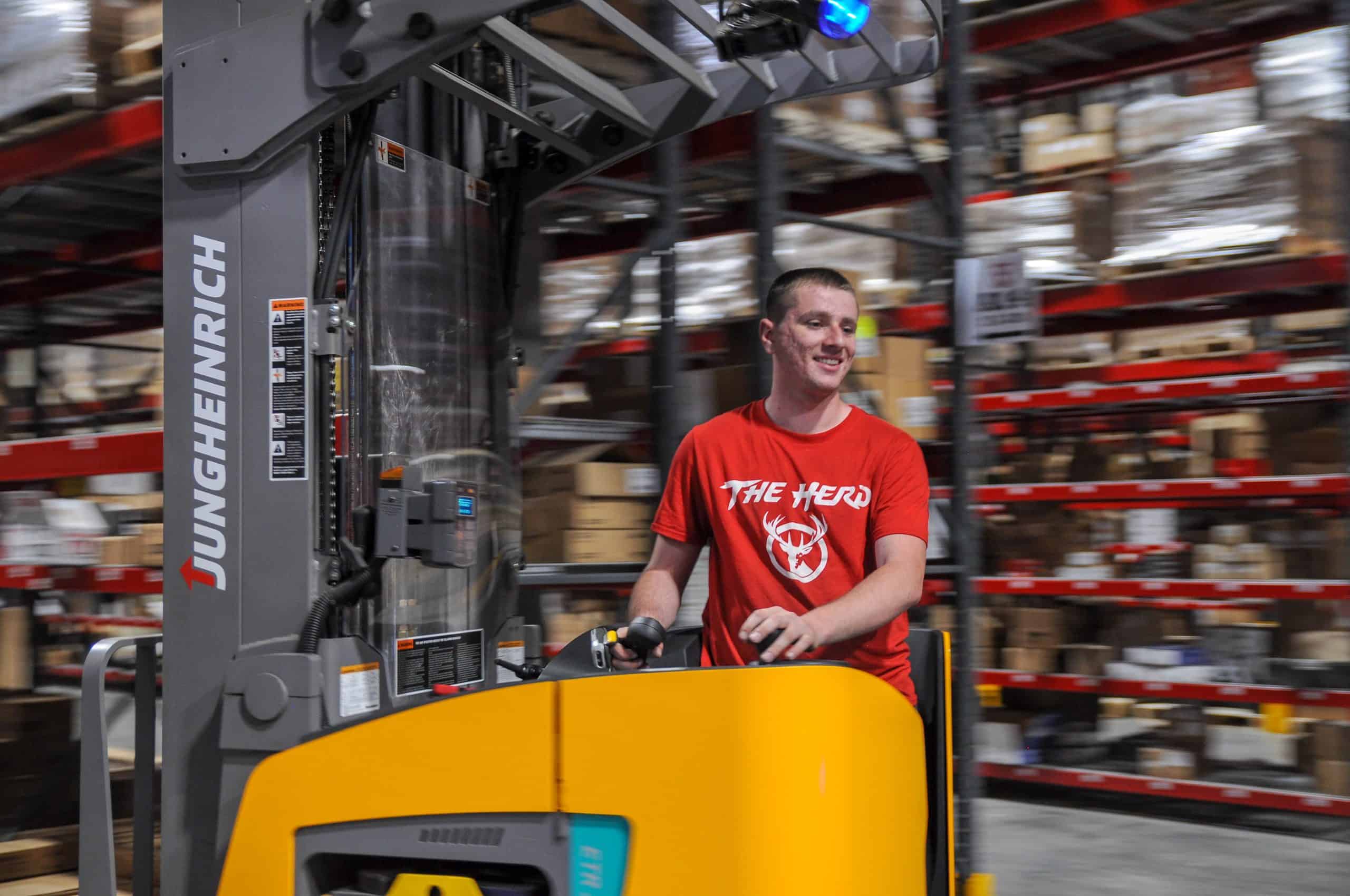
Five benefits of container consolidation
Saving big on transport cost and time
01
Container consolidation essentially enables you to ship LCL freight like full container load freight. First and foremost, working with a consolidation partner typically reduces the amount you pay to ship your goods. That occurs by sharing transportation costs with the other companies whose goods are in the container. You’re not paying to ship empty space because freight forwarders generally charge you based just on the space you use. The combined FCL volume also gives you a better baseline bulk rate for your shipments.
Container consolidation through a freight forwarder also speeds up the movement and delivery of your goods. These partners can move the entire container from a port to their warehouse location, such as Red Stag’s Salt Lake City facility. Then, experts break down the container and store inventory on shelves. They’ll fill orders as soon as they arrive.
That means your goods aren’t waiting at a port. Workers don’t have to remove another merchant’s items first so that they can ship out yours after. In general, FCL shipments move faster than LCL through customs.
Reduces touch and risk
02
Shipping full containers through a freight forwarder also reduces the amount of handling your goods receive during transit by minimizing the number of transfers involved with your shipment. Goods are on fewer trucks, for example, reducing the likelihood of being in a traffic accident.
Having a knowledgeable partner ensures that experts handle your goods, minimizing the risk to them. Consolidation also means they move the container to a specific facility to have the freight broken down. Experts with easy access to your data can verify your freight, find issues faster, and double-check that everything is loaded and shipped to the correct destination.

PRO TIP: Risk mitigation is essential for goods that require special care, such as the bulky, large, and heavy products that Red Stag specializes in handling. But don’t worry, we can handle your lightweight, small, and specialty goods too!
Support green initiatives
03
Consolidating freight through a partner not only enables efficiency gains but also reduces your company’s environmental impact. A recent study in the journal Transportation Research Part D: Transport and Environment notes that companies see specific economic gains from consolidation when fuel costs increase. If CO2 costs increase for you or your carrier, consolidation also limits their impact on your business because you’re contributing to less waste and fewer emissions.

NOTE: “The greatest benefits from an environmental perspective occur when joint increases of fuel and CO2 costs occur, which result in greater environmental co-benefits.”
That covers both your company’s direct environmental impact and a reduction in emissions when looking at ocean freight moves as a whole.
Understanding total costs
04
Working with a fulfillment partner like Red Stag enables you to have an easy understanding of your total landed costs. You’ll see what you can expect and ensure it’s a smart operational move. We achieve this by marrying data from our freight forwarding partners to track shipping costs from manufacturer to port and then from import location to distribution centers and, finally, to the end-customer. That view can make the savings and benefits from container consolidation even clearer.
Red Stag is there to help you understand costs and present a clear picture of your global supply chain, so you can decide what’s right for your business.
Peace of mind
05
One of the most significant benefits for most ecommerce companies is hard to define on your expense sheet. Container consolidation can bring peace of mind because you do not have to worry about goods at every step of the journey. You’ve reduced handling and risk while having experts there to manage all export and import processes.
Plus, if you work with a company like Red Stag Fulfillment, you can easily get accurate updates on the current state of your goods. Our partners and our internal experts can help you understand transit and lead times, stay alert for delays, and adapt to the latest information. That can lead to faster decisions, better inventory utilization, and ensuring that you have enough stock to meet demand.
You get a streamlined supply chain that can ease your mind while also improving the bottom line.
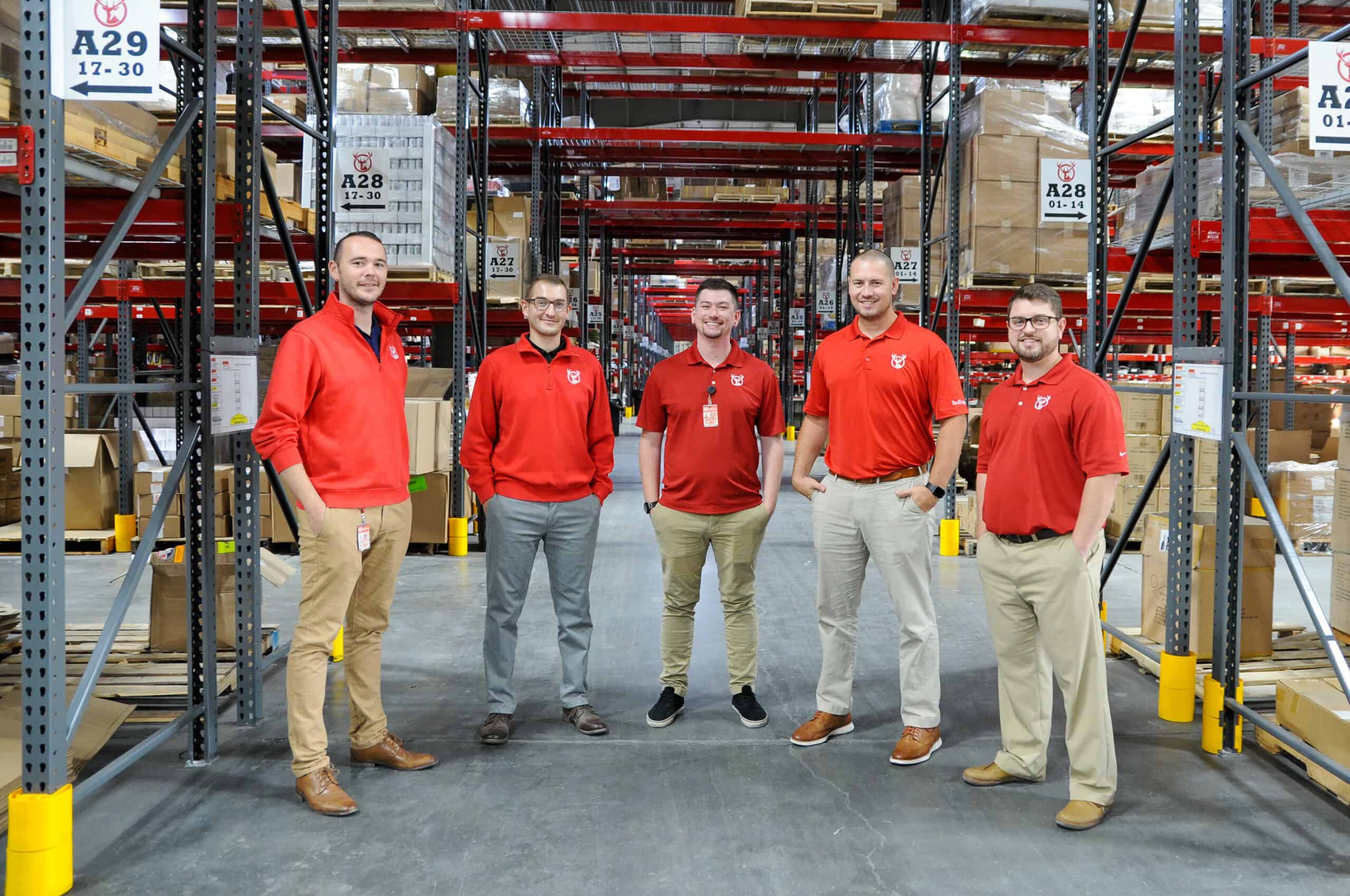
How do I pick a container consolidation partner?
Choosing a freight forwarder or other partner for your freight and container consolidation can be an involved process. And it should be. You want to ensure that the forwarder has a local presence where you export. They also need a robust network of fulfillment options in your import markets. Beyond moving goods, the freight forwarder should also have expert knowledge of paperwork and insurance requirements, support for meeting regulations in every country, and experience with products like yours.
Suppose you need consolidation for nearly every shipment you get from your manufacturing partners. In that case, your best partner may be a larger freight forwarder. They’ll have many potential companies to fill a given container.

NOTE: Ask what they can and can’t do and how that fits your specific business model.
Red Stag Fulfillment works with companies like yours to determine your needs in a freight forwarder. We’ll discuss requirements such as product experience, certifications, and licensing. Together, we’ll build a plan based on understanding what to learn about your container consolidation and understand the requirements your business faces. If you’re not sure how to take this next step, it’s time to ask.
Let’s talk





